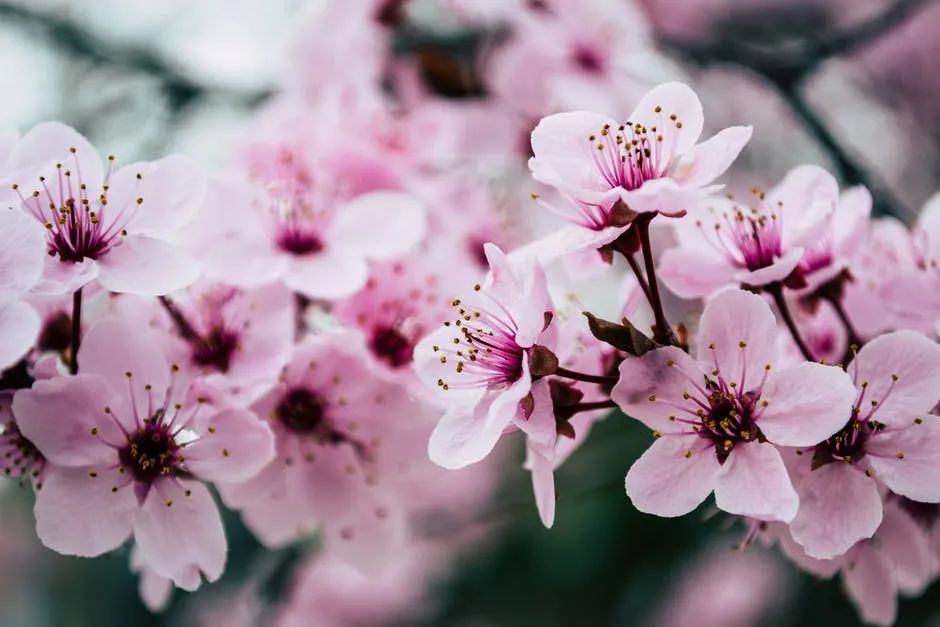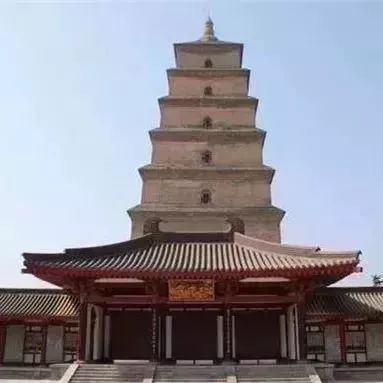Sun Yat Sen, it was renamed Zhongshan Park.
The buildings in the garden are composed of green tiles, white walls and green bricks, with a total construction area of about 3200 square meters.
A word “Qu” originally implies the philosophical meaning of “Qu is complete”.
It can be seen from the “Lingyuan map” taken from Qingpu County annals and the existing layout that youjuetang area belongs to a relatively independent and highly closed space, which is reportedly designed to receive Royal relatives and nobles.
In the 32nd year of Emperor Qianlong of the Qing Dynasty, Hanfang, sunset red half building, Ninghe hall, etc.
“480 temples in the Southern Dynasty, many buildings in the misty rain”, xiaoqushui garden and history bear the joys and sorrows of the world…
The ancient characters 2700 years ago are flying here with the poetry of the hunting of the king of the state of Qin in the spring and Autumn period.
Each scenic spot is surrounded by the lake, which is naturally interesting, reasonable and ingenious.
It was originally an ancillary garden in Town God’s Temple.
It is really: osmanthus is the crown of famous flowers in four seasons, and the garden is full of chestnuts with fragrance.
The lotus pond on the north side of Ninghe hall is the center of the whole garden and the soul of water in the garden.
They are not only the “living fossils” of the world, but also the witnesses of the vicissitudes of the world.
From “spirit garden” to “Qushui garden”, then to “Zhongshan Park”, and then restored the name of “Qushui garden”.
The pavilions, terraces and open halls, are built in the most bustling area of Qingpu city.
After 27 years, the reconstruction project of the original scenic spots of Qushui Park was completed, and the release pool, garden ting and enclosure were added.
From Qushui garden, one of the five classical gardens in Shanghai, to the middle of Xianfeng, it took a hundred years of operation.
It is worth mentioning the ancient and famous trees in zhouju Feishui autumn scenery Qushui garden.
were built along the stream.
The century old tree is simple, while the calligraphy art garden set at the west entrance of the park is full of stone drums, showing the origin of the Millennium context.
There are nearly 200 kinds of plants in the park, which reflects the thought and cultural background of Chinese traditional garden plant landscaping.
It is the first Shanghai “civilized Park” and Shanghai “Four Star Park”.
The reconstruction started in 1884.
In May 1949, Qingpu was liberated and the park returned to the people.
After the victory of the Anti Japanese war in 1945, jingxinlu was renamed the martyrs’ temple.
It is located in the east of moat and west to Town God’s Temple.
In 1947, it was moved from the west gate of Qingpu to the garden.
The flower shrine on the east side represents the land of immortals.
It is a municipal cultural relic protection unit.
The whole garden features Ninghe hall as the center, Jue hall and Huashen hall standing side by side, with one axis and three halls in the horizontal direction, which is rare in the garden.
In the third year of Jiaqing of the Qing Dynasty (1798), Liu Yunfang, a learning envoy of Yang Dongping, the Marquis of the capital, was in the garden.
In the same period, Yingxi pavilion was rebuilt.
Chen Congzhou, a professor of Tongji University, inscribed plaques for scenic spots such as zhoujufei water, Yingxian Pavilion, sunset red half building, youjue hall, imperial library, Deyue Pavilion, Poxian Pavilion and so on.
Xiyuqiao Qushui garden originates from the temple.
The autumn scenery of the lotus pond reaches the highest point in the garden – the “list of nine peaks” pavilion on the top of the hill, which has a unique garden scene with layers of forests..
In October and November 1937, Japanese planes bombed Qingpu and suddenly the flying hall was destroyed.
A bird’s eye view of Qu Shui Garden (East is a moat) has been reported that when Town God’s Temple was first built, it was customary to donate money to every inhabitant every year according to custom.
The bank is full of ancient and famous trees.
In the early 1960s, the stone column hexagonal pavilion of Shuiyue nunnery in Zhujiajiao, the stone column rectangular Pavilion of Tianyi Confucius Temple and the “Liu Liang combination” (stone carvings by Liu Yong and Liang Tongshu) of Wang Chang temple in Zhujiajiao were moved to the park, with profound humanities and ancient meaning.
One mountain and one water in shuyiyuan One Pavilion and one Pavilion.
It was built by Jue Tang, de Yue Xuan, song Xun Lou and Ying Hui Pavilion.
There are more than 50 trees in the garden with an age of more than 100 years, of which the longevity has been more than 300 years.
Due to the space limitation in the west side, the “water carries the boat, and the water overturns the boat” is used to represent the people with a stream and pool of water, and the relief of “dark Eight Immortals” is engraved on the stone foundation adjacent to the water on the west side of Ninghe Hall, spreading the Taoist thought of “concentrating on Cultivation and becoming immortals” with the widely spread story of eight immortals.
Qu Shui Yuan Qu Shui yuan was built in the Qing Dynasty Qianlong ten years (1745).
The hard-working gardeners have created a poetic environment deep in the courtyard, which can be described as “those involved in deep water get dragons”.
Mountains and rivers recover, willows and flowers bloom, which is originally the flavor of life.
Qushui garden Qushui garden is located in the north and faces the south, covering an area of 30 mu (1.82 hectares), of which the water body accounts for 15%.
In the same year, Zhang Shaolian, the eldest son of Zhang Jingzhou, a rich businessman in the city, donated 1200 silver dollars to build a three-story Square Pavilion on the former site of huanbi building on xiaofeilai Dongding, with an iron ladder in it, which can hover upward.
From the perspective of functional layout, in addition to the nature of public tourism, it also obviously has the moral of spreading religion.
So far, a mountain, a water, a pavilion and a pavilion have become interesting.
In 1927, in memory of Dr.
There are four distinctive scenic spots in the park: the West Park is mainly architectural, the middle park is good at landscape, the East Park is famous for its wild interest, and the calligraphy and art garden is famous for its ancient elegance.
Youjue hall is also one of the only two liangless halls in Shanghai.
Qu Shui ancient rhyme water garden is an ancient garden with a history of more than 270 years.
Seeing the beautiful scenery of Feng Shui, he changed his name to Qushui garden by borrowing the allusions of Qu Shuishui cup in the preface to Lanting collection by Wang Xizhi of the Eastern Jin Dynasty.
In 1980, the original name of “Qushui garden” was restored.
Green bamboo was planted around it and named bamboo Pavilion.
Or when Garner made money in the field, he called it “Wen Yuan”, which was used as a maintenance fund for the temple.
Over the past two hundred years, it has experienced “three lives and three lifetimes” and several times of prosperity and abolition.
The loop line of the pond bank is tortuous and changeable.
When the enemy and puppet forces rebuild, change the hall into a pavilion.
It is combined with Jiading’s “autumn garden”, Nanxiang “ancient Yi Garden”, Huangpu “Yu Garden” and Songjiang “drunk pool” as the five classical gardens in Shanghai.
In 1860, the Taiping army occupied Qingpu.
It not only has the characteristics of temple gardens, but also has the charm of Jiangnan classical gardens, and contains rich historical and cultural tour value.
There are twenty-four scenes in the garden, known as “cherry blossoms in spring, lotus water in summer, osmanthus fragrance in autumn and Chimonanthus splendor in winter”.
Each place has unique beauty and great viewing value.
The lotus pond is backed by a large rockery and faces classical buildings such as Ninghe hall and Huashen hall.
The whole garden began to have Yingxian Pavilion, Yingxi Pavilion, jingxinlu, sky light and cloud shadow, flying in the sky, xiaohaoliang, Poxian Pavilion, Erqiao, Zhuo Jinji, Qiulong cave, Yuyu Pavilion, Mibai Pavilion, huanbi building, flower god temple, curling, Qingxu Jingtai, Xiyu bridge, zhoujufei water, sunset red half building, Deyue Pavilion, youjue hall Qingsu mountain house, Baiyun dock, Ninghe hall and other 24 scenes.
There are 10 imitation stone drums, which are strictly based on the original stone drums collected in the Forbidden City in terms of material, volume, shape and text, and written and engraved by calligraphy and stone carving experts in Shanghai.
In the 49th year of the reign of Emperor Qianlong of the Qing Dynasty, a pond and a hill were built in the east of deyuexuan, with water as the beam, red lotus as the Huan, and a long dike as the painting.
There are Ting, Ji, pavilions and bridges.
The main landscapes in the park include juetang, lotus pond, Xiyu bridge, deyuexuan, jingxinlu, “suddenly flying to” pavilion, list of nine peaks and many punch points.
“Sansheng III” in Qushui garden of Chrysanthemum Exhibition in autumn has changed its name three times in more than 200 years.
Most of them are Xieshan style.
Ninghe hall means “stability and harmony” and represents the place of practice.
The moon Pavilion is on the left, and the Yingxi Pavilion is on the right.
In 1952, the city wall was demolished and the eastern and northern boundaries of the park were extended to the moat.
When the Qing army and the wall foreign gun team attacked the city, Qushui garden was destroyed by gunfire.
It was first named Jingzhou Pavilion and later renamed Jiufeng.
After that, it was repeatedly destroyed and built by war.
Both the architectural form, decoration and accessories have the characteristics of buildings in the Qing Dynasty, and are famous for their small, exquisite, elegant and simple.
Every autumn, when the Chrysanthemum Exhibition is held in Qushui garden, various Chrysanthemum potted plants will be made into different horticultural works in combination with the landscape in the garden.
It integrates architecture, scenery and landscape with the Abbot’s place.
A garden, a world.
Old photos of Qushui garden.
It was built at the site of yuanyilou on the South Bank of the water lily pool.
Youjue hall, Ninghe hall and Huashen hall are places for the common people to visit and rest after offering incense in the temple.
In the 1980s, Mr.



